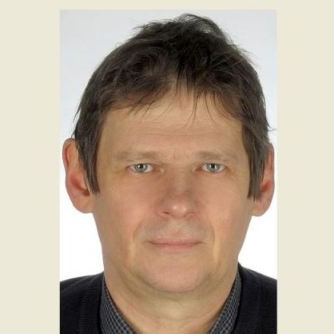Competition and Sports Training: A Challenge for Public Health
A special issue of Sports (ISSN 2075-4663).
Deadline for manuscript submissions: 31 December 2025 | Viewed by 12288
Special Issue Editors
2. Faculty of Health Sciences Jan Dlugosz University Czestochowa, Czestochowa, Poland
Interests: winter sports training; physiology of exercise; testing and prevention in sport
Special Issues, Collections and Topics in MDPI journals
Interests: swimming; water rescue; physiological testing; sports training; analysis in sports
Special Issues, Collections and Topics in MDPI journals
Interests: playing position; body composition; youth athletes; weight loss; basketball players
Special Issues, Collections and Topics in MDPI journals
Special Issue Information
Dear Colleagues,
Although the evidence accumulated in numerous publications indicating the benefits of participating in competition and sports training is compelling, many areas linking health to sports require extensive research. There are many barriers in people's minds against participating in both physical activity and sports competition. The term sports is perceived as an area reserved for a particularly physically gifted population. Sports activity is not combined with public health, although it has significantly penetrated many programs implemented in the area of public health. The results of numerous scientific studies show that new approaches directed at promoting greater participation in sports by all sectors of society are needed, which could stem from launching leisure-time physical activity programs. Instead of the commonly emphasized physical health or appearance benefits, it is the hedonic rewards and opportunities for social interaction that are seen as the most sought-after benefits by participants. The need for success and social aspects can potentially lead to increased participation in sports realizing the holistic health concept. This approach lays the groundwork for addressing important public health policy issues. The purpose of this Special Issue is to add to the existing literature, with information on the most effective solutions for combining sports competition, training, and the tasks facing public health. We look forward to papers whose results will contribute to the transfer of knowledge emerging from training and sports competition toward improving the participation of various social and professional groups in physical activity. Obtaining sports success and achieving satisfaction from social interaction by participants in programs is based on sports competition. An important area we look forward to will be research combining sports research methodologies in the diagnosis and improvement of professional physical preparation necessary in various fields of life. We look forward to papers addressing the issues of safe participation in training and sports competition resulting from the functional, physiological, and psychological predispositions of participants.
Dr. Tomasz Gabryś
Dr. Arkadiusz Stanula
Dr. Kazimierz Mikołajec
Guest Editors
Manuscript Submission Information
Manuscripts should be submitted online at www.mdpi.com by registering and logging in to this website. Once you are registered, click here to go to the submission form. Manuscripts can be submitted until the deadline. All submissions that pass pre-check are peer-reviewed. Accepted papers will be published continuously in the journal (as soon as accepted) and will be listed together on the special issue website. Research articles, review articles as well as short communications are invited. For planned papers, a title and short abstract (about 100 words) can be sent to the Editorial Office for announcement on this website.
Submitted manuscripts should not have been published previously, nor be under consideration for publication elsewhere (except conference proceedings papers). All manuscripts are thoroughly refereed through a single-blind peer-review process. A guide for authors and other relevant information for submission of manuscripts is available on the Instructions for Authors page. Sports is an international peer-reviewed open access monthly journal published by MDPI.
Please visit the Instructions for Authors page before submitting a manuscript. The Article Processing Charge (APC) for publication in this open access journal is 1800 CHF (Swiss Francs). Submitted papers should be well formatted and use good English. Authors may use MDPI's English editing service prior to publication or during author revisions.
Keywords
- sports competition
- training
- public health
- functional diagnostics
- motor skills
Benefits of Publishing in a Special Issue
- Ease of navigation: Grouping papers by topic helps scholars navigate broad scope journals more efficiently.
- Greater discoverability: Special Issues support the reach and impact of scientific research. Articles in Special Issues are more discoverable and cited more frequently.
- Expansion of research network: Special Issues facilitate connections among authors, fostering scientific collaborations.
- External promotion: Articles in Special Issues are often promoted through the journal's social media, increasing their visibility.
- e-Book format: Special Issues with more than 10 articles can be published as dedicated e-books, ensuring wide and rapid dissemination.
Further information on MDPI's Special Issue policies can be found here.








